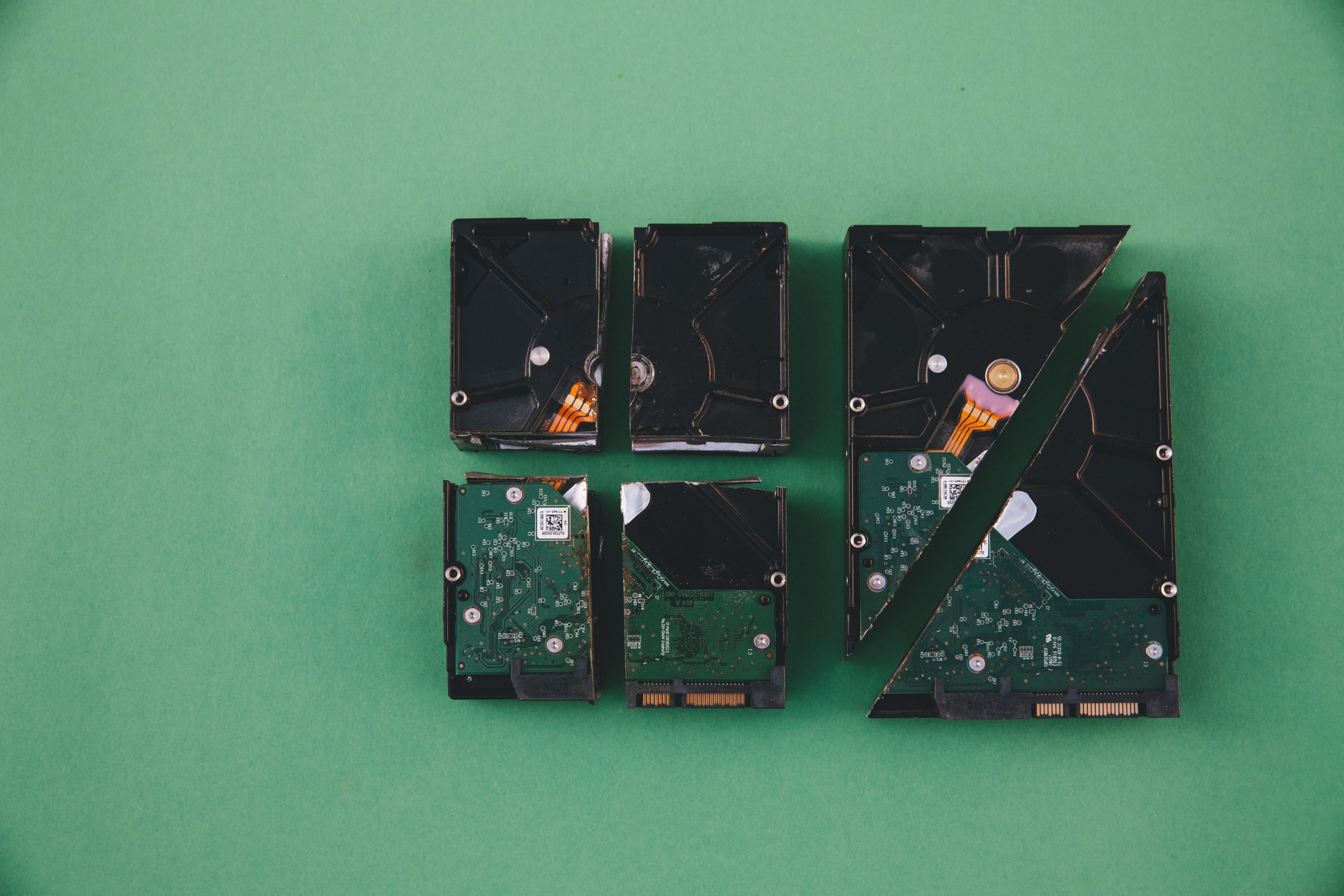How to Install Windows on Your PC Using a USB Drive: A Step-by-Step Guide
If you find yourself in a situation where you’ve been using a computer without a legitimate copy of Windows, you’re not alone. Many users, including myself, have trusted unreliable versions of the operating system in the past, only to encounter a myriad of issues later on. After three years of navigating through a “free” version of Windows, I’ve decided it’s finally time to invest in a legitimate copy and start with a fresh installation. If you’re in the same boat and looking to install Windows using a USB drive, this guide is here to help.
Understanding the Situation
For a while, I was content with the version of Windows my friend installed on my PC. The persistent warning in the corner of my screen vanished for a few months, allowing me to change my wallpaper and personalize my settings. However, as my computer began to demonstrate significant performance issues, I realized it was time to make a change. Not wanting to salvage any old data—I’m ready to wipe the slate clean—I decided to purchase a licensed version of Windows.
Preparing to Install Windows
To install Windows from a USB drive, follow these steps:
-
Acquire a Legitimate Copy of Windows: Purchase a Windows license from the official Microsoft website or an authorized retailer. Make sure to download the installation media directly from Microsoft to ensure you have a safe and genuine copy.
-
Create a Bootable USB Drive:
- USB Drive: Use a USB drive with at least 8 GB of storage. Backup any important data on the drive, as this process will erase everything on it.
- Download the Media Creation Tool: Go to the Microsoft website and download the Media Creation Tool for Windows.
-
Follow the Instructions: Open the tool and select “Create installation media (USB flash drive, DVD, or ISO file)” for another PC. Choose your preferred language and edition, select USB as the medium, and follow the prompts to create your bootable USB drive.
-
Reboot Your PC:
- Insert the USB drive into your computer.
-
Restart your PC and enter the BIOS/UEFI setup (usually by pressing F2, Delete, or another designated key during startup).
-
Set Boot Order:
- In the BIOS, locate the boot menu and set your USB drive as the primary boot device. Save the changes and exit the
Share this content:



